Some years ago, in talking to someone who did restorations, it came up about a wax he used that he really liked, but unfortunately was very expensive. It was called Renaissance Wax and was a very popular product with connoisseurs. My curiosity piqued, I tried to find out as much as I could about this wonder product. Time passed and the information remained there, somewhere in a drawer in the back of my mind and was reactivated when I saw, on a profile site, a discussion between people who are passionate about wood. I thought that there might be others out there eager to know more about Renaissance Wax, so I decided to share some of what I learned.
It is not a ordinary wood finishing wax. It was formulated in the early 1950s by technicians and museographers at the British Museum. In meetings with representatives from the art world, they raised the problem of the lack of a conservation product that was as inert and protective as possible. The waxes used until then, beeswax and carnauba wax, either contained acids or became acidic over time.
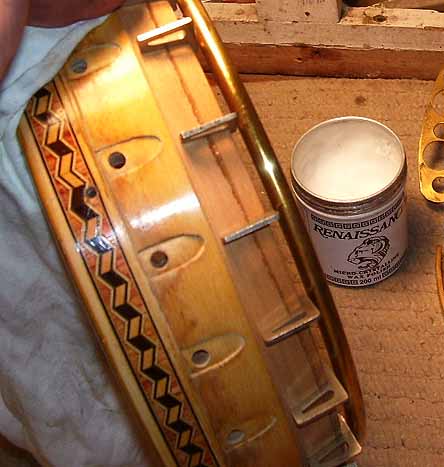
The product invented by the museum technicians is based on stable microcrystalline waxes derived from the refining of crude oil. Unlike paraffin wax, which is also made from crude oil, it is much finer, the crystals being very small. It is pH neutral and contains polyethylene wax, making it very stable over time.
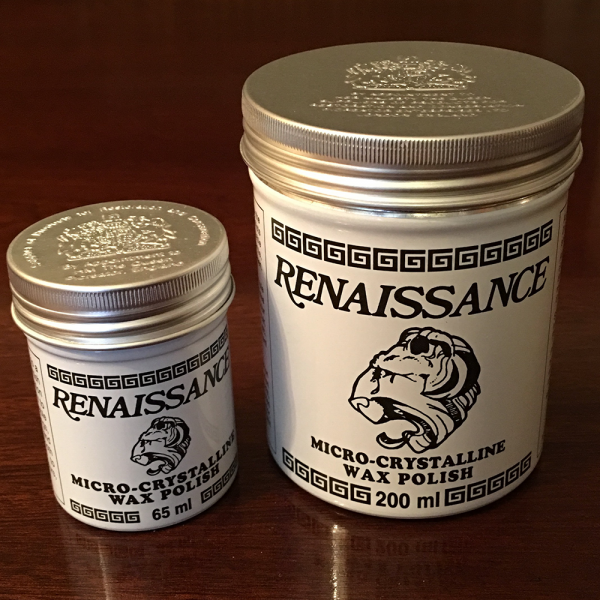
Renaissance Wax protects products against moisture and the corrosive action of oxygen in the air. It also protects them from possible contamination due to repeated and repeated touches. All kinds of materials can be treated with it: metal, wood, precious stones, ivory, marble, leather, bronze, pearl, paper, cardboard. It is a polishing product used in the restoration of old objects and for the maintenance of museum objects. It protects old weapons, armor, coins, old furniture, jewelry, jewelry, treasures, documents written on leather, paper or cardboard and other such objects, testimonies of bygone times.

Over time, however, wax has not only remained with antique dealers. It has also reached wood enthusiasts who, despite its not exactly low price, use it to protect their objects. It can be applied directly to wood or over other finishes: oil, epoxy resin, lakes. The amount applied should be very small, and 5 minutes after, polish very well.
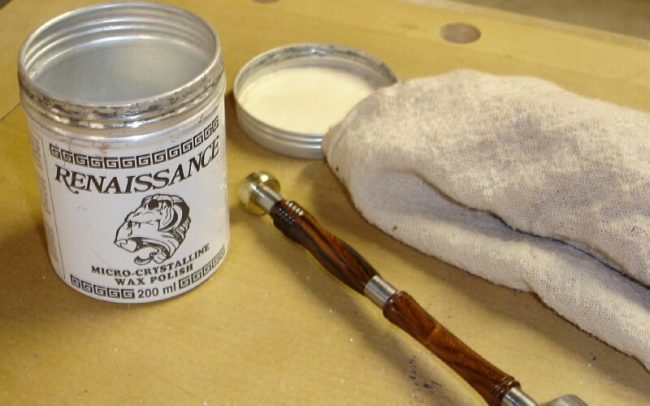
Both application and polishing can be done with soft, fine cotton cloths. If the object requires, polishing can also be done with brushes. After polishing, the wax becomes perfectly transparent, colorless and does not change color over time, protecting the object to which it has been applied (it does not change color either). It is like protective glass with UV filters.
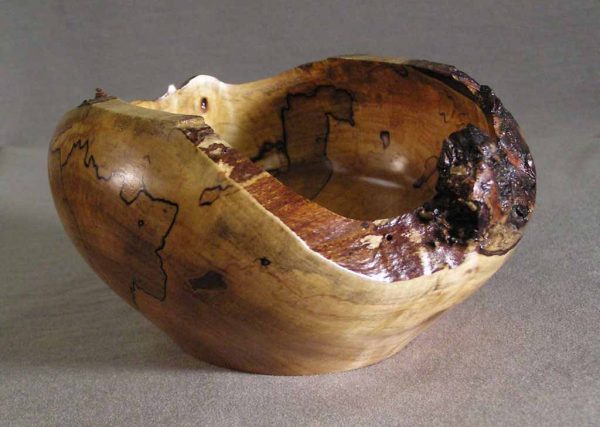
For large-pore wood (nuc, oak), care must be taken with the amount deposited on the wood. It must be very small because there is a risk that the wax will get into the pores and remain white because it cannot be polished.
When applied directly to the wood it may change the color of the wood a little, but it recovers as soon as the thinner has evaporated (over a day or overnight). It is very good for protecting wood salvaged from old buildings, which has that gray color typical of weathered wood. The wax preserves and protects the color.

If applied over oil it is best to allow the oil layer to dry thoroughly for 2 to 3 weeks. The sealing properties of the wax may prevent the solvent from evaporating and thus causing problems in the wood.

Musical instruments can also be protected with Renaissance Wax. It is a very good way to avoid transferring the sweat of the user onto them, prolonging their life.
Treated surfaces can be cleaned with a damp cloth without fear of damage. A refresh can be done 5 years after the first application. I have read of people who have protected objects and after 20 years they were as beautiful as the first day.
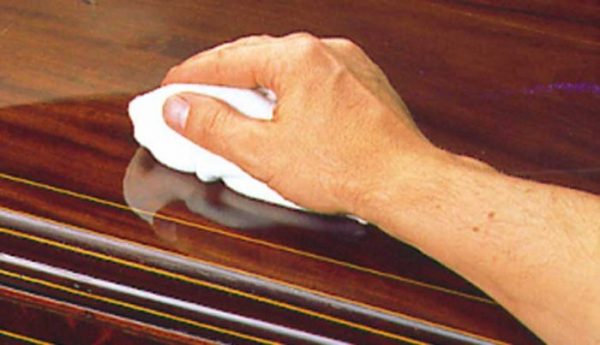
Renaissance Wax is primarily a protective product. It is not the colored wax that rustically finishes the beams in the attic or the wooden floor in the living room. It is colorless, inert, neutral, elastic and adhesive, with very good polishing properties, so that a treated product will still look as beautiful after many years.
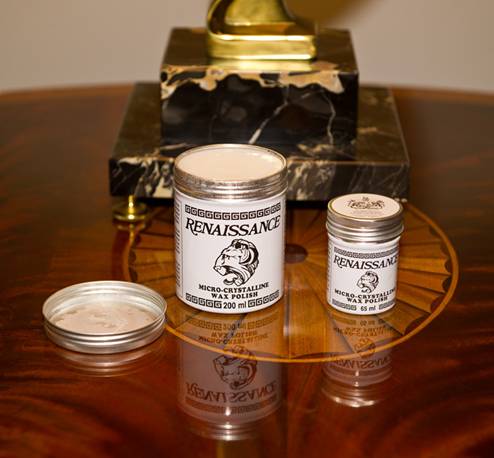




































Hello.
Where can I purchase Renaissance Wax?
Is there a distributor in Romania?
Hello,
Try finetools.ro or in shops with products for artists, restorers and museographers. On finetools.ro they used to have smaller quantities (200 g).
All the best!